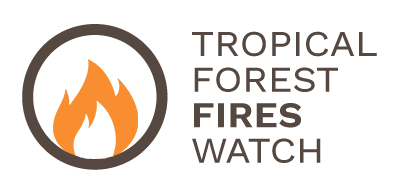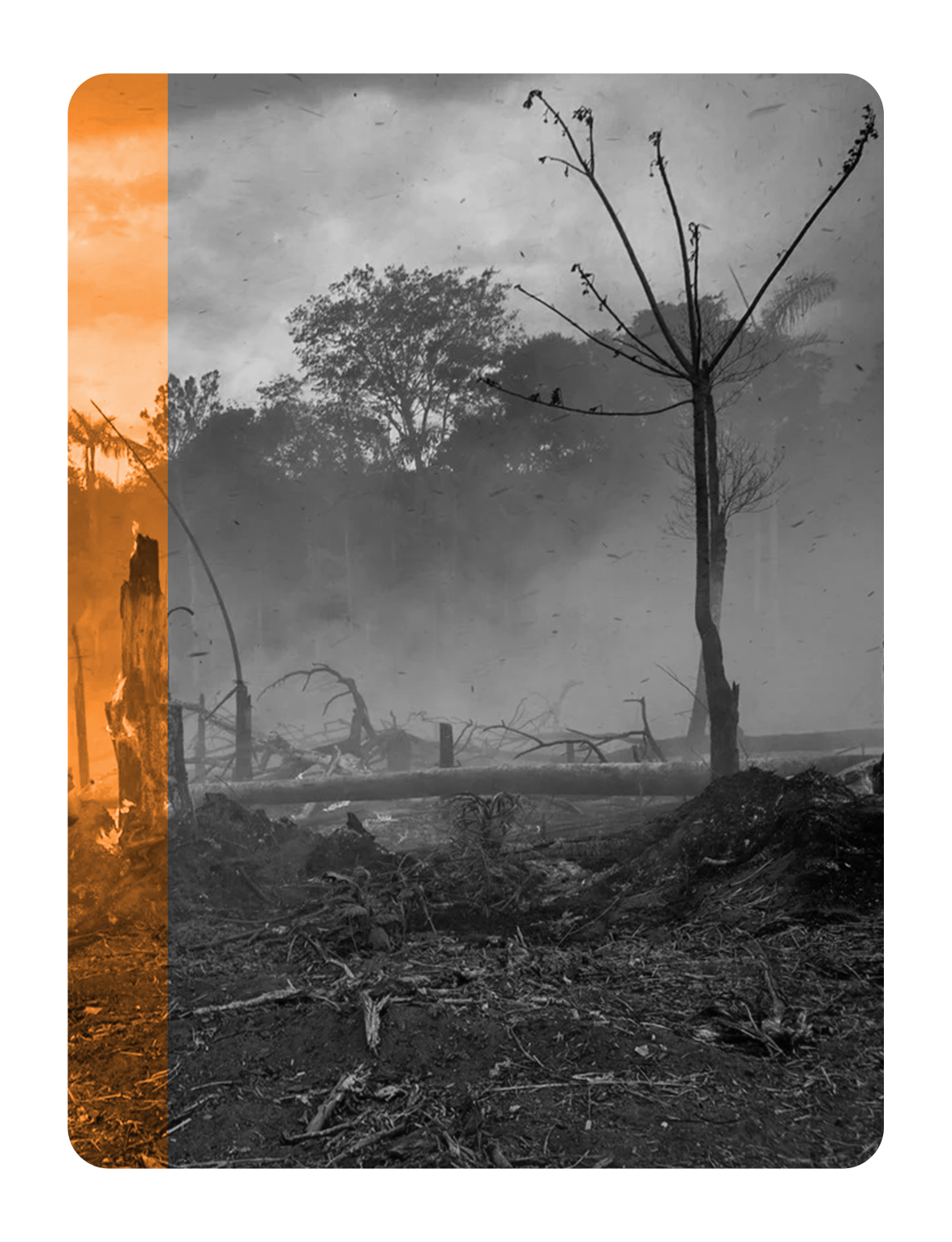Smoke from fires sends particulate matter into the atmosphere: tiny pieces of material that pollute the air and enter the lungs, causing respiratory and potentially cardiovascular problems.
The smallest particles, known as PM2.5, are the most concerning. These can poison the air for hundreds of kilometres beyond the location of a fire. Inhaling these pollutants can cause respiratory issues in both the short- and long-term, ranging from coughing to asthma, pneumonia, chronic obstructive pulmonary disease (COPD) and lung cancer. As well as the elderly, the populations most likely to suffer health issues are children, pregnant women, people with pre-existing conditions and firefighters.
Tropical peat fires are particularly harmful to human health. These are especially difficult to extinguish as they burn both horizontally and vertically, meaning the fire may also be underground. Peatlands in Indonesia are predominantly drained and burned for palm oil and pulp plantations. These blazes emit three to six times more particulate matter per unit of carbon burned than fires on grasslands and forests. This is particularly troublesome in Indonesia, which contains 36% of the world’s tropical forest peatlands, covering more than 20 million hectares. Large areas of this peatland have been drained and cleared of vegetation, which makes them susceptible to fire. During the 2019 fires in Indonesia, nearly one million people suffered from acute respiratory infections.




